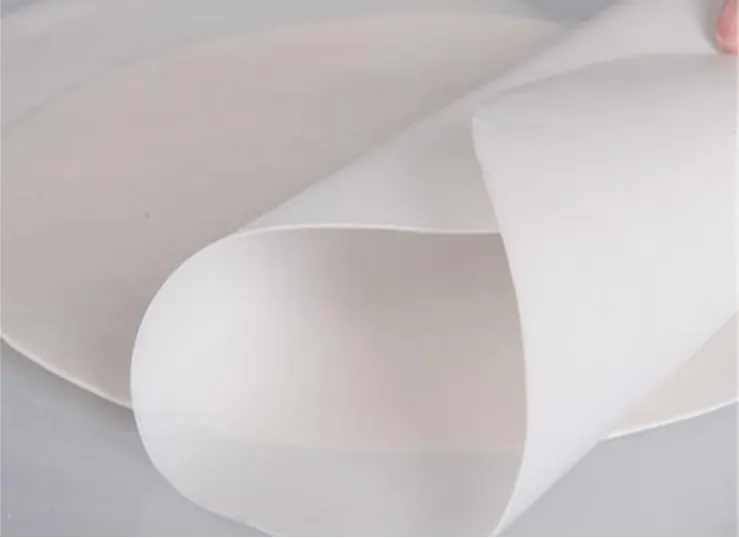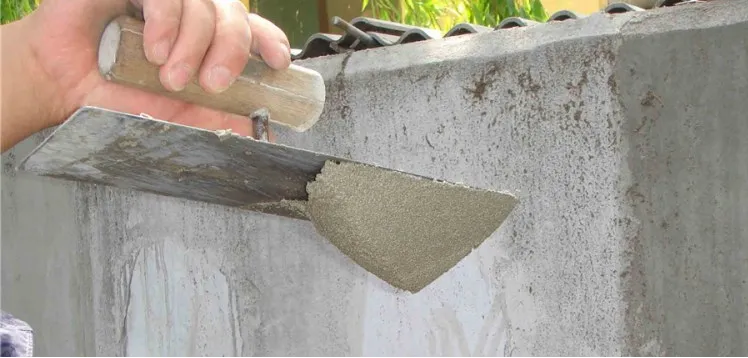
Redispersible Polymer Powder: The Backbone of Modern Mortar Technology
In the ever-evolving construction and building materials industry, redispersible polymer powder (RPDP) has emerged as a vital additive for enhancing the performance of dry-mix mortar products.

Understanding Redispersible Polymer Powder and Its Types
These are free-flowing powders obtained by spray-drying polymer emulsions. When mixed with water at the job site, they redisperse to form stable emulsions with properties similar to their original liquid form. One of the most popular variants is vinyl acetate ethylene redispersible powder, also known as RDP, which offers excellent adhesion, flexibility, and resistance to moisture.
The term redispersible polymer powder RDP refers to the class of powders derived from various polymer bases like vinyl acetate, vinyl acetate ethylene (VAE), acrylics, and styrene-butadiene. Among these, VAE-based products dominate due to their cost-effectiveness and balanced performance. Redispersible emulsion powder, another widely used term, emphasizes the product’s capability to re-emulsify in water, enabling easy integration with cement and gypsum-based formulations.
For those looking for technical knowledge, the redispersible polymer powder wiki page provides foundational insights into its chemistry, processing, and use cases. It typically outlines the emulsion polymerization followed by spray-drying, where the water component is removed, and a stabilizing agent (like polyvinyl alcohol) is added. The result is a fine powder that can be stored and transported easily, ready to perform once mixed with water.
This property of forming a film upon curing gives RPPs RDP their edge—strengthening the bond between substrates, enhancing elasticity, and improving workability. Whether you're applying tile adhesive, plastering mortar, or a waterproofing layer, incorporating RPP significantly boosts long-term durability and mechanical performance.

Market Trends, Pricing, and Industrial Applications
The demand for redispersible polymer powder has witnessed steady growth globally, driven by rapid urbanization, rising infrastructure investment, and increased preference for pre-mixed construction materials. Prominent redispersible polymer powder manufacturers include companies like Wacker Chemie AG, BASF SE, Dow, Akzo Nobel, and Organik Kimya. In addition, a number of manufacturers in China and India are playing a growing role in the global supply chain, offering both standard and custom formulations.
Given the variety of base materials, formulation processes, and applications, redispersible polymer powder price can vary significantly. VAE-based RPPs RDP is usually more cost-efficient, while specialty formulations (e.g., acrylic-based powders) tend to carry a premium due to enhanced properties such as UV resistance or superior flexibility. Market trends show that prices also fluctuate based on raw material costs, logistics, and regulatory requirements in different regions.
The applications of redispersible polymer powder are vast and continue to expand. They include:
Tile adhesives and grouts: Improve adhesion strength and reduce water absorption.
Self-leveling compounds: Enhance flexibility and ensure smooth flow.
Exterior Insulation and Finish Systems (EIFS): Increase durability and crack resistance.
Wall putty and skim coats: Provide better workability and improved surface finish.
Waterproofing mortars: Add film-forming properties and reduce permeability.
Repair mortars: Boost elasticity and adhesion on old or irregular surfaces.
These applications demonstrate the functional versatility of RPP in improving structural integrity and application efficiency across residential, commercial, and industrial construction.
Product FAQs on Redispersible Polymer Powder
What is the difference between redispersible emulsion powder and RDP?
Answer:Redispersible emulsion powder and redispersible polymer powder RDP refer to the same class of materials. The term "emulsion powder" emphasizes its ability to re-emulsify in water, while "RDP" is the common industry abbreviation. Both are used to improve performance in dry-mix mortar systems.
What makes vinyl acetate ethylene redispersible powder a preferred choice?
Answer:Vinyl acetate ethylene redispersible powder (VAE RDP) offers an optimal balance of flexibility, water resistance, and strong adhesion. It is cost-effective and suitable for a wide range of construction applications, including tile adhesives, plasters, and thermal insulation systems.
Where can I learn more technical details about redispersible polymer powder?
Answer:The redispersible polymer powder wiki page provides a general overview, including chemical composition, production methods, and use cases. However, for more specific data like TDS or MSDS, manufacturers’ websites are the best resource.
How is the redispersible polymer powder price determined?
Answer:The redispersible polymer powder price depends on the base polymer type (e.g., VAE, acrylic), formulation complexity, packaging, and order volume. VAE powders are generally more affordable, while specialty RPPs can be more expensive due to added functional benefits.
What are the key applications of redispersible polymer powder in construction?
Answer:Applications of redispersible polymer powder include tile adhesives, EIFS, self-leveling compounds, wall putty, waterproofing mortars, and repair mortars. Its primary roles are to enhance adhesion, flexibility, durability, and resistance to moisture.
-
Hydroxypropyl Starch as a Sustainable Construction AdditiveاخبارNov.24,2025
-
The Gelation Properties of CMCاخبارNov.21,2025
-
Redispersible Latex Powder and Water Retention CapacityاخبارNov.21,2025
-
Dosage Control for Polycarboxylate Water ReducerاخبارNov.21,2025
-
Film-Forming Properties of Polyvinyl AlcoholاخبارNov.21,2025
-
The Function of Gypsum Additives in MortarاخبارNov.21,2025





















